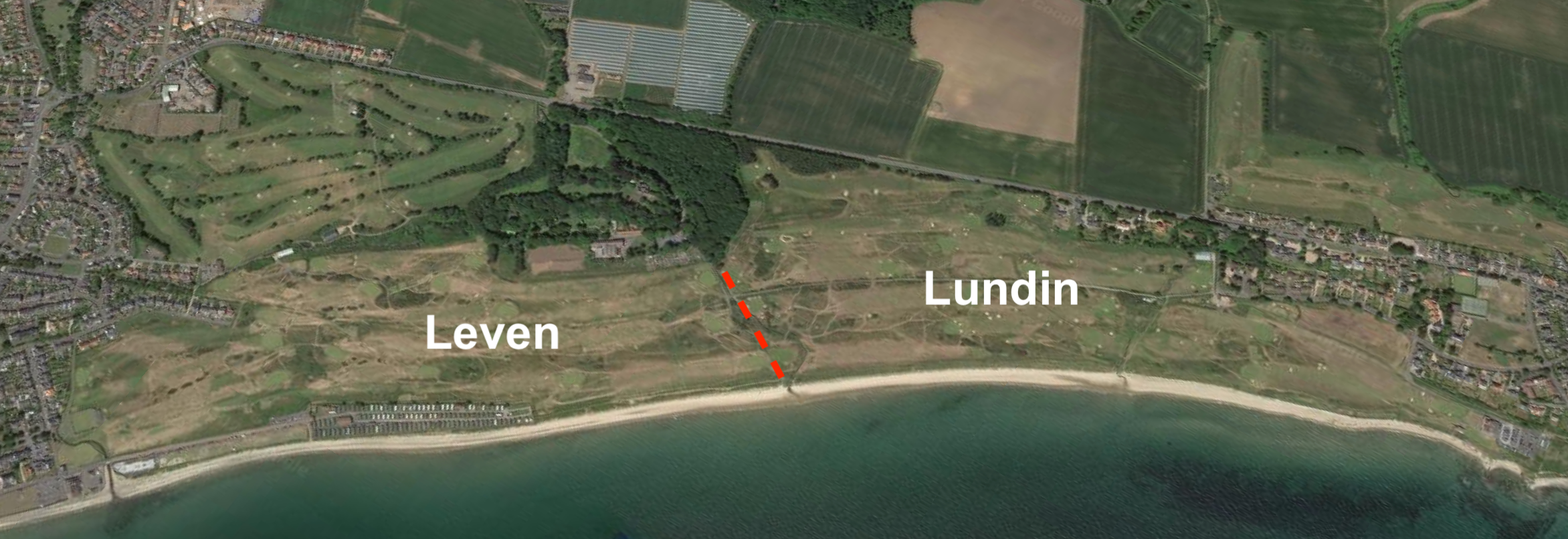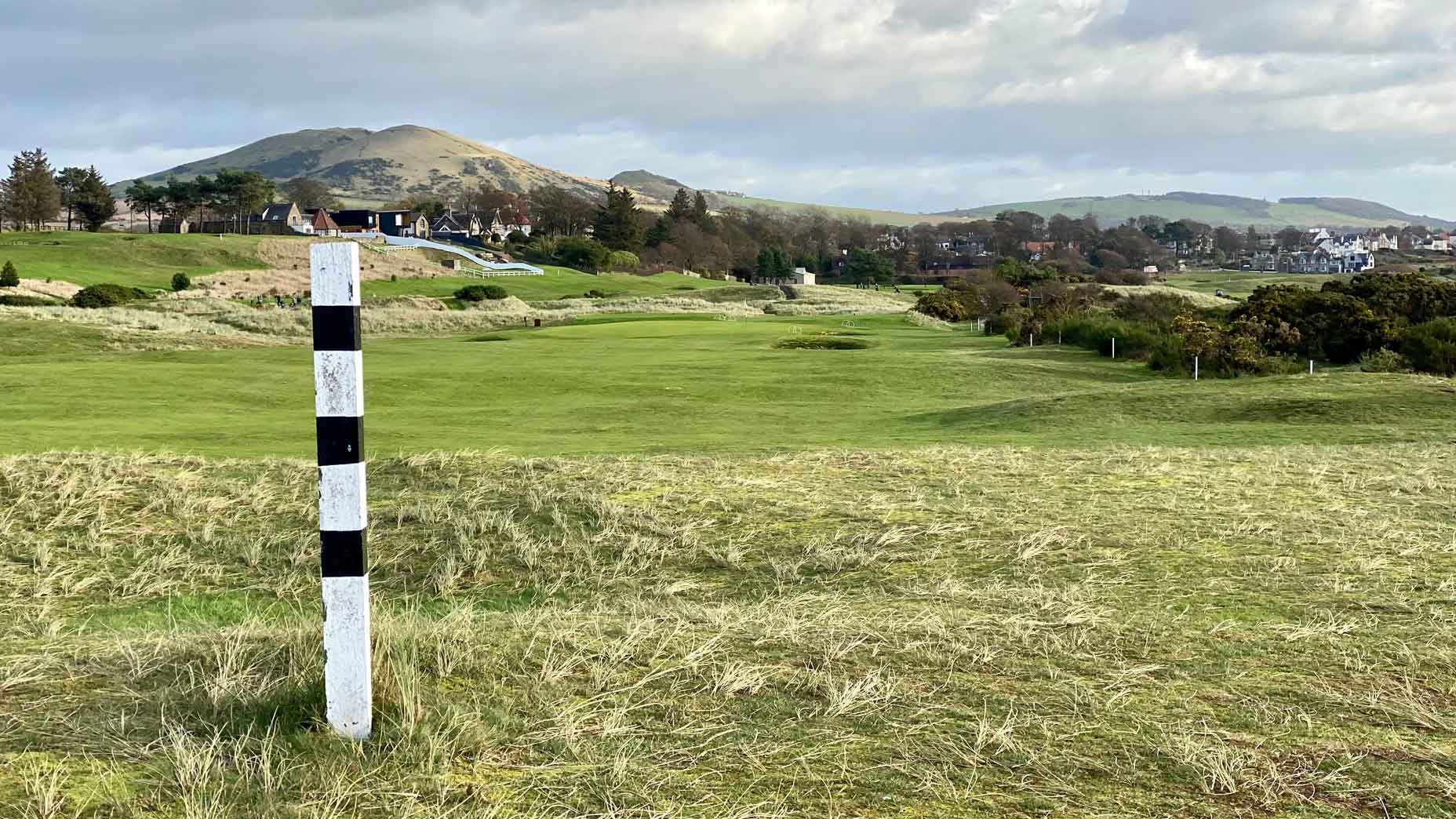Golf
The best golf course you’ve never heard of is open only one day a year

The “Old” at Leven is composed of holes from two neighboring clubs.
Sam Cooper
Imagine a golf course worthy of the World Top 100, a classic Scottish links, tucked along the coast just 15 miles from St. Andrews that few people are aware of, and even fewer get to play. Designed by Old Tom Morris, this alluring layout has beautiful, bouncy turf and an eclectic set of holes that imprint themselves in memory. Its par 3s are cunning, its par 4s as original as those of any links. Its routing works harmoniously with the winds. Pot bunkers, humps and hollows thwart all but the most crisply executed shots.
Sounds like a purist’s fantasy. But this course is real. There’s just one catch: It exists only one day a year.
What’s the story behind this improbable, ephemeral place?
The telling starts in 1848, when golf took root on a patch of common land in Leven, Scotland, on the north coast of the Firth of Forth, a quick hop from the home of golf. Shared by fishermen, sheep, and other sporting games, the original 9-hole course was basic but beloved. It swelled in popularity from its inception. Within a few decades, four clubs were playing on the land.
As demand grew, the course did, too. Its expansion was the handiwork of Old Tom Morris, who came down from St. Andrews and extended the routing to 18 holes, pushing past the Mile Dyke, the dividing line between Leven and Lundin Links, just to the east. Celebrated from the start, this reimagined layout gained even greater luster when an inaugural match played on it was won by another golf legend: Old Tom’s son, Young Tom Morris.
The course, dubbed the “Old” at Leven, became known as one of Scotland’s golf treasures. But its popularity came with a pitfall. Too many players wanted a piece of it. By the turn of the century, competing interests pulled the course apart. Nine holes went to the clubs at Leven, and nine holes for Lundin. From then on, golfers from each side could only imagine playing the original 18 holes, which were now separated by the dyke.
Over time, both clubs added more holes, creating two distinct 18-hole layouts, which continue to satisfy their respective memberships. The Old, meanwhile, was largely forgotten by the outside world.
And yet.
For those who know its history, the dream of playing the “Old” lingers. And it comes true, fleetingly, every summer, in July.
On this day, the clubs at Leven and Lundin unite, the gate at the Mile Dyke is opened, and the Old is restored to its uninterrupted form for the playing of the McDonald Trophy, a friendly individual competition.

google earth
The experience is magical. The holes flow naturally with the terrain. The green complexes offer a sublime variety of rolls, tilts and humps. And the surrounding landforms all play their part to challenge, confound and delight. There are shots and lies of every nature; holes that tempt and holes that tarnish scorecards.
So inspiring is the design that the great C.B. Macdonald based one of his famous template holes on the 7th at the Old, a par 4 that remains a masterpiece of strategic design. Now found at such luminous courses as Camargo Golf Club, the Lido and National Golf Links of America, the “Leven” hole is just one of the pieces in a jigsaw that makes the original course so special.

Sam Cooper
For all its sizable influence, the Old is intimate in scale. Unlike the big, bold links courses built today, the Old has an understated charm. While there are spectacular sea views, it is a course richer in substance than it is in style. Its appeal is timeless. But its lifespan is so brief that even those who play it are invariably left wanting more.
And those remain the fortunate few.
There is conversation among the memberships of both clubs to allow limited outside play each year on the original course, much as St. Andrews offers the public a brief window to play the Old Course in its reverse routing. Perhaps, one day, it will be played more frequently. Perhaps it will reclaim its rightful place among the world’s best courses. But until then, it remains what it has been for over 100 years: golf’s rarest would-be Top 100.
Timothy Gallant is a GOLF course rater who lives in Scotland.











